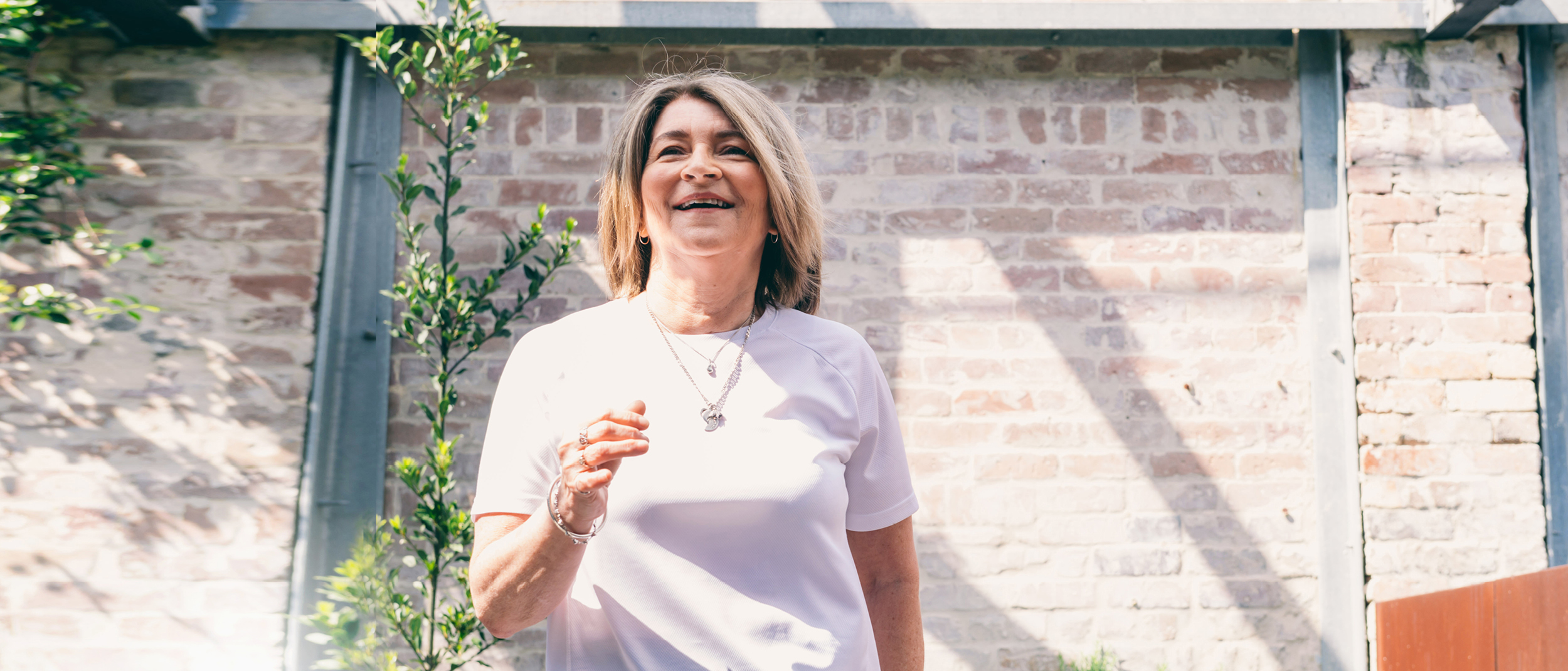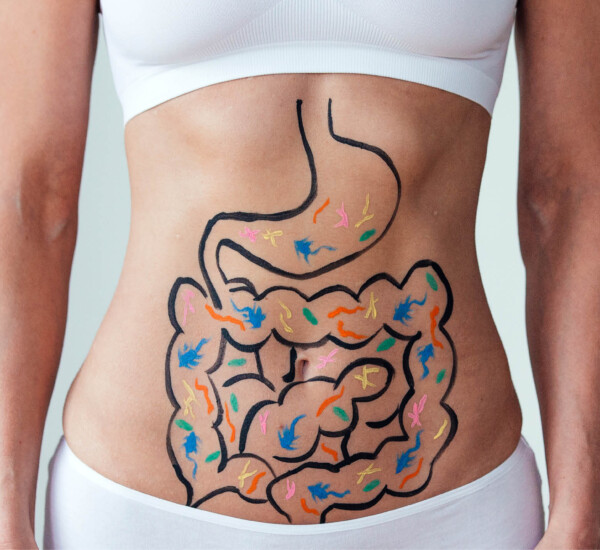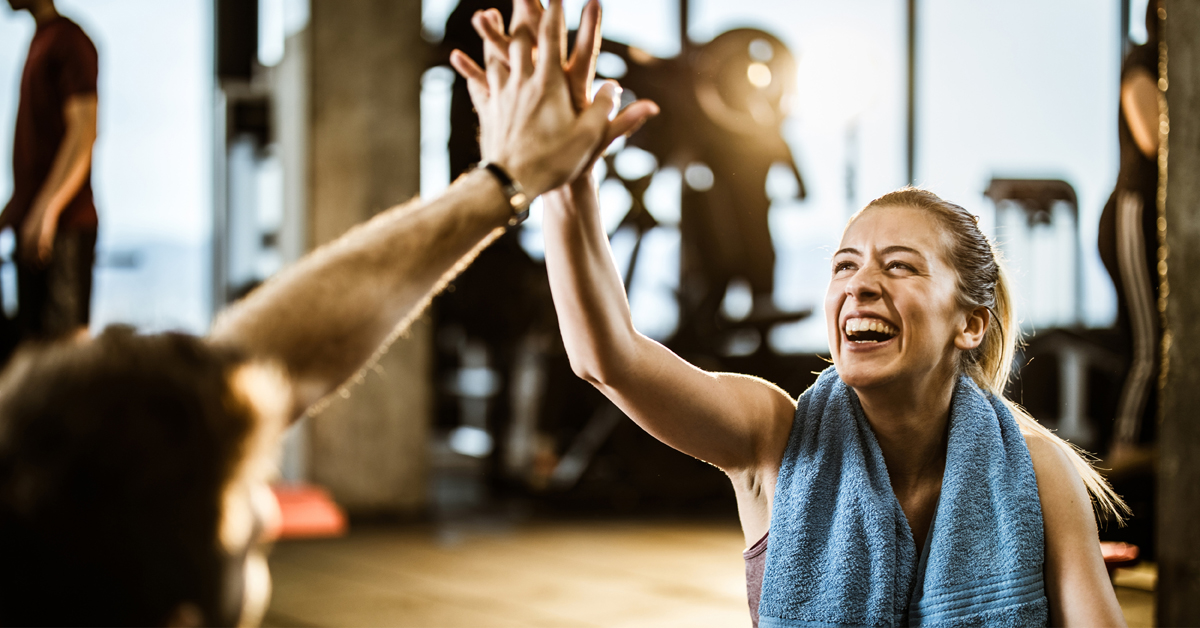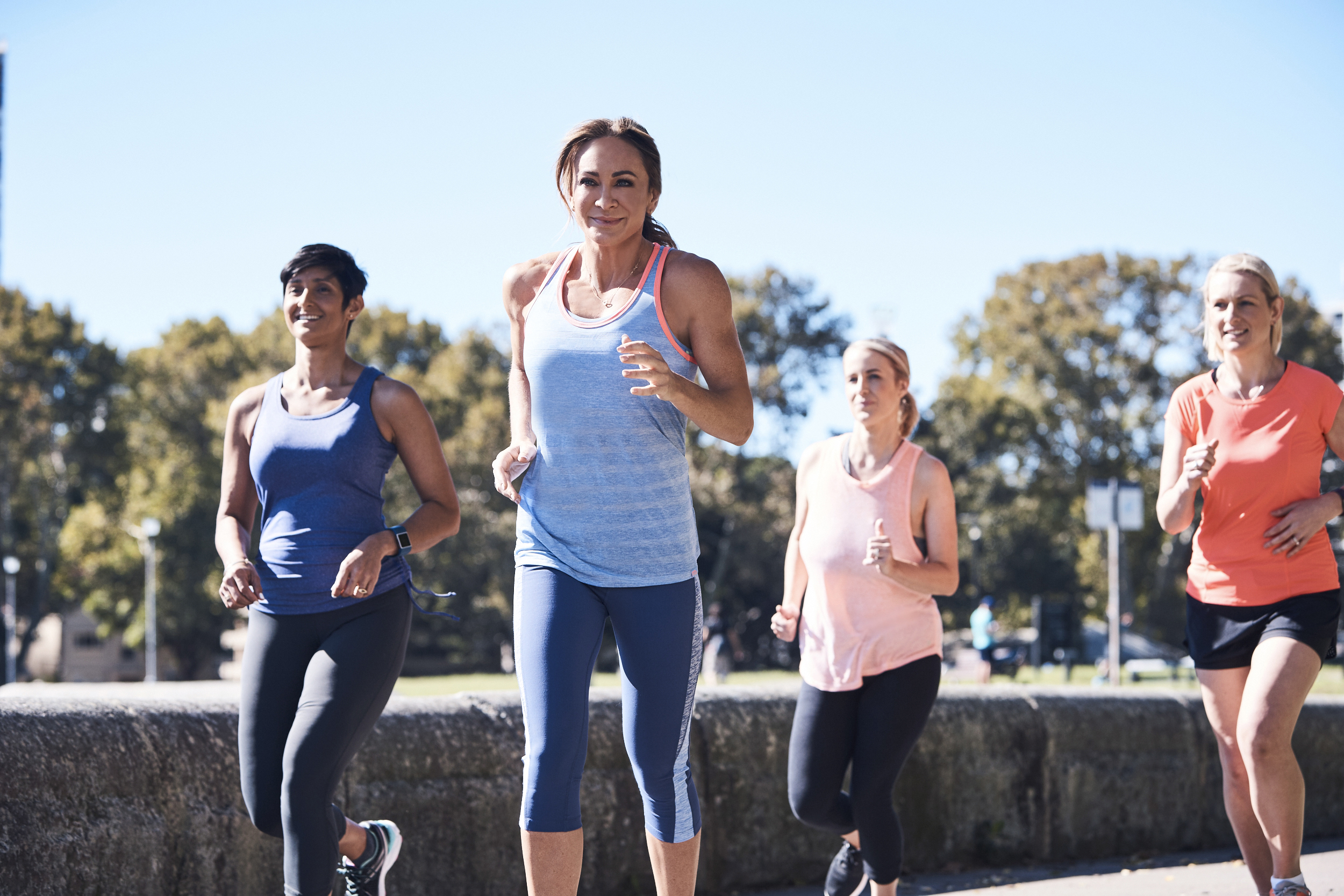If you are a menstruating woman or person, our changing hormone levels throughout various stages of our menstrual cycle can impact on our energy levels as well as our training performance.
Therefore, it’s important to understand that different types of exercise might feel better than others, depending on where you’re at within your cycle.
A woman’s menstrual cycle can be divided into a number of different phases:
Menstrual
Follicular
Ovulation, and
Luteal
Menstrual Phase
The Menstrual Phase starts when a woman gets her period (day 1) and the hormone levels of Oestrogen and Progesterone drop. This typically lasts for 3-7 days and along with the loss of blood, you may feel depleted of energy and fatigued.
While you may not feel up to those HIIT or Tabata style workouts, you may like to keep the consistency of exercise by replacing these with some lower intensity exercises. These may include Yoga or Pilates, walking, light cardio or some lighter strength training. You might need to dial back the overall level of intensity and listen to the needs of your body at this time.
Follicular Phase
The Menstrual Phase also kicks off the Follicular Phase which begins on day 1 of your period and runs up until a woman starts to ovulate. This phase lasts for about 16 days and during this phase, the Pituitary Gland releases Follicle Stimulating Hormone (FSH). This hormone signals to the ovaries to create eggs for ovulation so after menstruation, your oestrogen levels get a big boost as your body prepares to release an egg. This boost in conjunction with your period finishing can usually prompt an increase in energy. For this reason, it can be a great time to tackle those HIIT workouts or challenge yourself with strength training.
Ovulation Phase
During the Ovulation Phase, Luteinising Hormone (LH) is released in response to the follicular phase’s rising in oestrogen levels. During this phase, you should be able to continue on with your high intensity type training.
Luteal Phase
Finally, we enter the Luteal Phase which lasts for 11-17 days. This is where we see a rise in progesterone and a slight increase in oestrogen levels. This is followed by a drop in both hormones and then the cycle will start again. The Luteal Phase is when we tend to experience PMS symptoms (hello bloating, weight changes, mood swings and food cravings!)
During your Luteal Phase, you can still complete the activities you’ve been doing through the Follicular and Ovulatory Phases. You will have the same energy level to start, but it will gradually decrease as you move closer to menstruation. You may find that you can’t do the same activities at that same level of intensity, and you may choose to either ease back or focus on Yoga or Pilates movements and lower intensity cardio instead.
While it’s important to understand the hormone fluctuations during our cycle, it doesn’t always need to dictate the type of exercise we do. If you’re feeling great and the exercise you’re doing feels manageable then there’s no need to adjust these activities.
Do what feels right for you! ANY exercise done at ANY phase within your cycle, is going benefit you and living a healthy life long term.
For more information on your menstrual cycle head to www.healthdirect.gov.au/menstruation and for more health related blogs go to www.12wbt.com









